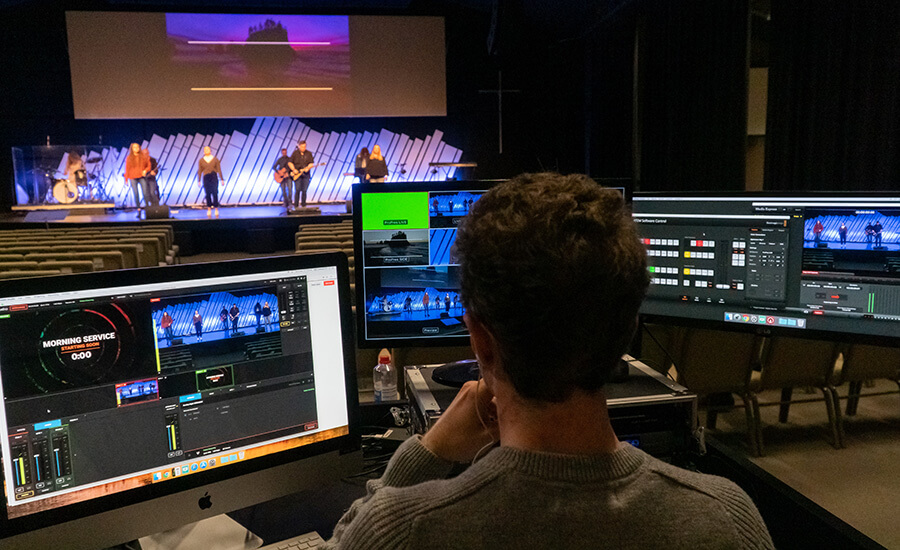Choosing the Perfect Security Camera Solution to Safeguard Your Business Resources and Improve Safety
Selecting the right security surveillance system is essential for protecting business property and guaranteeing the safety of employees and clients. A well-designed security surveillance system can deter crime, monitor activities, and provide valuable proof in case of incidents. When selecting a system, it is important to consider various elements, including the kind of cameras, the layout of the premises, and the particular security requirements of the business. By understanding these elements, business managers can make educated decisions that enhance their overall security strategy.One of the first steps in choosing a security camera system is to identify the types of cameras required. There are several choices available, including bulb cameras, bullet cameras, and PTZ (pan-tilt-zoom) cameras. Dome cameras are often utilized for indoor surveillance due to their discreet design, while bullet cameras are more suitable for outdoor use because of their durability and long-range capabilities. PTZ cameras offer flexibility, allowing users to remotely control the camera's position. Understanding the strengths and disadvantages of each type can help businesses choose the appropriate cameras for their specific environments.
Another crucial consideration is the design of the property. Conducting a thorough assessment of the property can help identify vulnerable areas that need monitoring. Busy zones, entrances, and parking lots are key locations where security cameras should be placed. Additionally, it is essential to take into account the illumination conditions over at this website in these areas. Some cameras are fitted with night vision capabilities, which can be beneficial for monitoring during low-light conditions. By strategically placing cameras in important locations, businesses can maximize their surveillance reach and improve overall security.
The storage and management of video footage is another crucial aspect of a security surveillance system. Businesses must decide whether to use local storage, such as DVRs (digital video recorders), or cloud-based storage options. Local storage can provide quick access to footage but may require regular maintenance and upgrades. On the other hand, cloud storage offers remote access and can be more scalable, allowing businesses to expand their systems as needed. It is crucial to assess the pros and cons of each option to determine which storage solution aligns best with the business's requirements and financial plan.

Finally, it is essential to consider the integration of the security camera system with other security measures. Many businesses benefit from combining video surveillance with alarm systems, access control, and monitoring services. This combined approach can offer a holistic security system that improves overall safety. Additionally, educating employees on how to operate the system effectively can improve response times in the event of emergencies. By implementing these steps, businesses can establish a robust security framework that not only safeguards their property but also promotes a safe environment for everyone on the property.